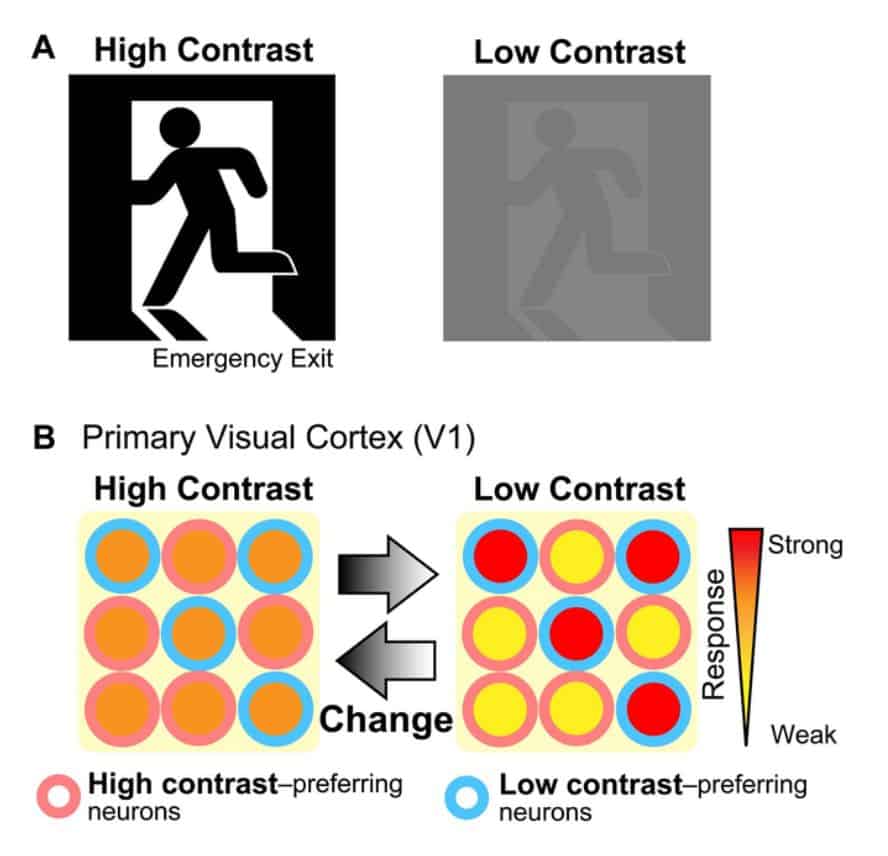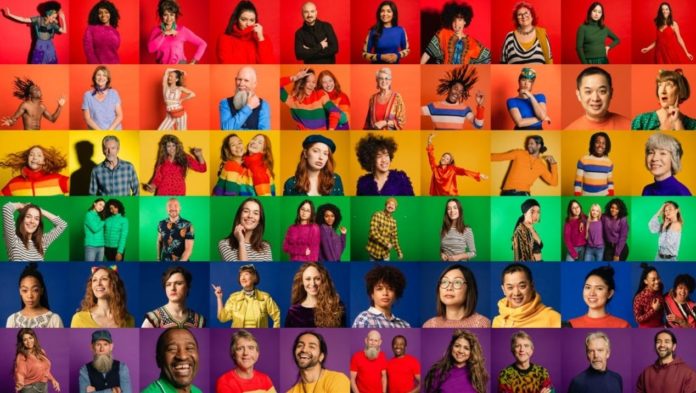There’s nothing quite like seeing a familiar face to give you a sense of familiarity. However, scientists have struggled to explain how we recognize familiar faces, or how that process varies from how we see unknown faces.
Scientists at Japan’s National Institute for Physiological Sciences have discovered a new flexible process of information encoding that changes in response to visual contrasts.
Objects can change their appearance at any time. When it’s dark or foggy, for example, the contrast between things is reduced, making it difficult to distinguish them. The brain, on the other hand, is capable of recognizing familiar items, even if they are no longer clearly distinguishable. We still don’t know exactly how low-contrast familiar items are perceived.
It has long been assumed that the visual responses in the primary visual cortex (V1), the part of the brain that processes the most fundamental visual information, directly reflect the strength of external stimuli. Since high contrast images generate powerful responses, the opposite is true.

Rie Kimura and Yumiko Yoshimura, in their new study, observed that following repeated exposures, the number of V1 neurons selectively reacting to low-contrast stimuli increases. Visual stimuli with low contrast produce stronger responses than those with high contrast. They are more active when rats properly recognize a low-contrast familiar object. To encode low-contrast visual information well, low-contrast preference in V1 is reinforced with experience, according to Science Advances. This technique may help us recognize familiar items even when they are blurred.
“This flexible information representation may enable a consistent perception of familiar objects with any contrast,” said the study author Kimura.
“The flexibility of our brain makes our sensation effective, although you may not be aware of it. An artificial neural network model may reproduce the human sensation by incorporating not only high contrast–preferring neurons, generally considered until now, but also low contrast–preferring neurons, the main focus of this research.”
Source: Science Advances
Image Credit: iStock
You were reading: How does our brain recognize familiar faces even when they become indistinct?
